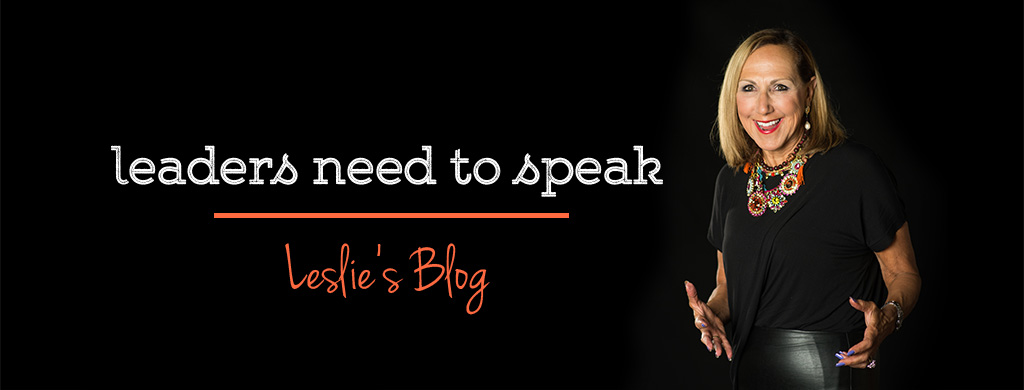Another lesson from my soon to be published book on what horses can teach you about your communication and leadership skills.
The Story
The Round Pen is a microcosm of life. How a person uses their verbal, vocal and visual in the Round Pen is how they use them outside of the Round Pen. The more a person believes this, the more value they get from their Round Pen experience.
The Round Pen is a thirty-foot circle that accelerates the communication between a horse and human because there are few distractions and “no place to go”. Even in this confined area one can stay engaged with their audience or disengage which stops all progress toward completion of the goal.
HorseTalk Insights
It is simple, but simple is not easy. In the Round Pen you need to keep your hip bones facing the horse; specifically, the side of the horse from the middle to the tail. This visual tells the horse that you are engaged.
When your hip bones are not facing this area of the horse, chances are the horse will either not follow your command, will slowly follow the command, or stop completely.
Life and Business Lessons
Throughout your day ask yourself, “where are my hip bones facing?” Your hip bones need to face your audience which is the person to whom you are talking, even if your audience is the horse.
During your PowerPoint presentation, are your hip bones facing your audience or your laptop? Someone stops by your office while you are on your desktop. As you talk to them are your hip bones facing the person or your desk top?
Your Call to Action CTA
A co-worker or family member asks you a question as you are working on your laptop and when answering, your eye contact and your body are still facing your laptop. You need to re-align your physical presence to engage with the human instead of the technology in order to have effective communication.
It is simple. But simple is not easy. In life, as in the Round Pen, your hip bones need to face your audience. Use your physical presence to keep the audience engaged as you communicate with them.


